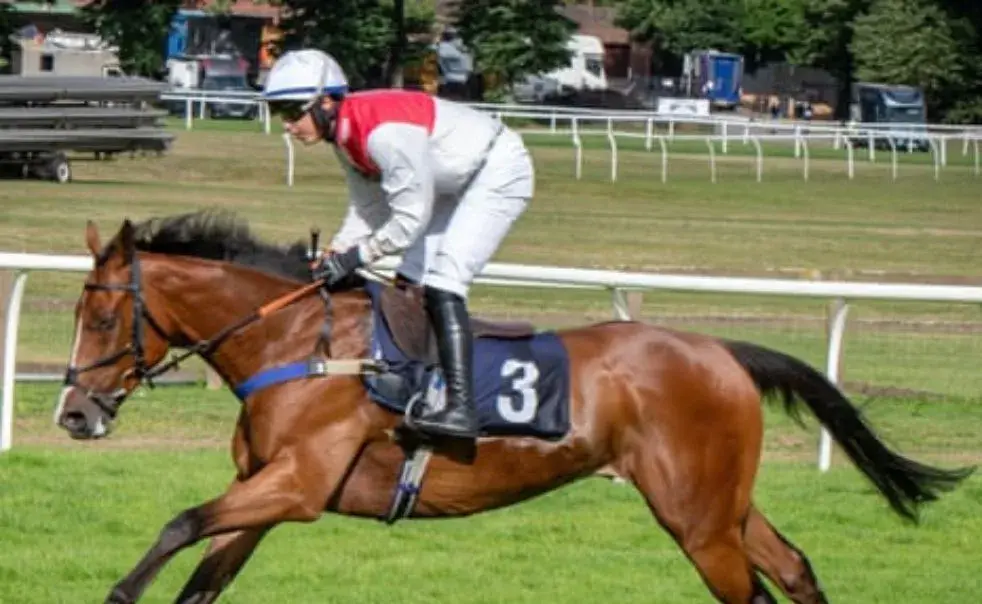Kitts-Hillsin Case Highlights Racing’s Ongoing Risks

Elle
Sep 25th 2025
Likes
Share:
The recent conclusion of the Hillsin case has once again put the integrity of British horse racing under scrutiny. More than two years after a suspicious performance at Worcester Racecourse, the British Horseracing Authority’s (BHA) independent disciplinary panel confirmed that jockey Dylan Kitts deliberately stopped Hillsin from winning a handicap hurdle on 5 July 2023. The panel found that Kitts acted in conspiracy with John Higgins, an associate of Hillsin’s owner, to profit from “lay” bets placed against the horse.
This choice was made just a few days after another event in which a 42-year-old man from Bury was taken into custody by the Greater Manchester Police as a result of an investigation by the Gambling Commission into the submission of false race entries. Although the timing of the two tales was by chance, it nevertheless indicated that there is still a connection between betting history and possible corruption in horse racing. The arrested man has not been named yet, but the Gambling Commission, empowered to bring offenders before the court for cheating in betting, with a maximum of two years in prison, is the authority to do so, and holds the responsibility.
The BHA stressed the importance of maintaining public trust in the sport, stating that participants and spectators must believe that every horse is competing fairly. The authority’s message was clear: anyone watching a race should not have to question whether a horse is being run to win. Yet the very nature of racing and betting makes this ideal difficult to achieve. From its early days, the sport has faced threats to its credibility, ranging from doping to organized efforts to stop horses from winning.
Historical examples of cheating remain part of racing’s record. In 1990, Dermot “Needleman” Browne orchestrated a 23-horse doping spree that damaged the sport’s reputation. In 2013, the Mahmood al-Zarooni doping scandal at Godolphin’s Moulton Paddocks stable in Newmarket again demonstrated that financial motives can drive misconduct. Even when doping is not involved, the certainty that a fancied horse will lose continues to hold value for those seeking to profit illegally.
The BHA faces a constant challenge in proving that races are clean. While its testing regime has identified only a few deliberate doping cases since the Zarooni affair, conspiracies between individuals remain difficult to detect. The Hillsin case illustrates this point. Conspiring to stop a horse is one issue; avoiding detection is another.
The Worcester race raised suspicions from the start. Hillsin, initially backed as a 2-1 favourite, drifted to 11-1 by the start of the race. On the track, Kitts’s ride only deepened doubts. Sitting motionless in a close third on the run to the line, he showed little effort to win. His slow response to the situation was revealed in such a glaring way that the BHA went ahead and prohibited him from both riding and racecourses two days after the incident, way before the official hearing was finished. Kitts was only just back from a 14-day ban for similar neglect of work in May, so rumors about him were only being given more wings.
During the disciplinary hearing, details emerged that attracted public attention. John Higgins, who instructed Kitts to stop Hillsin, is the father-in-law of Burnley striker Ashley Barnes. The BHA warned off John Higgins after refusing to assist with the investigation. According to the reports, Kitts was said to have gone on a vacation just after the race when he got a tattoo of the word “Hillsin” on his body.
Despite the long delay before the case reached a hearing, the outcome was decisive. The panel concluded that Kitts intentionally prevented Hillsin from winning and that he acted on John Higgins’s direction. While they succeeded in stopping the horse, the manner of the ride left little doubt that something was amiss.
The Hillsin affair serves as a reminder of the ongoing risks to the credibility of racing. Although the BHA’s monitoring and sampling programs have reduced the instances of doping, the strong relationship between racing and betting will perpetually allure the offenders who are looking for illegal profits. It might be quite difficult to confirm that horse races are fair, but occurrences of this nature reveal that clear ways of manipulating results can still be found.
For the betting public, this case is a reminder that they must be provided with clear and consistent supervision. Although with each new scandal, the level of trust towards the sport may decrease, the decision of Hillsin demonstrates that, even in tightly sealed conspiracies, there is no way they can escape the grasp of the enquiry and penalty.
